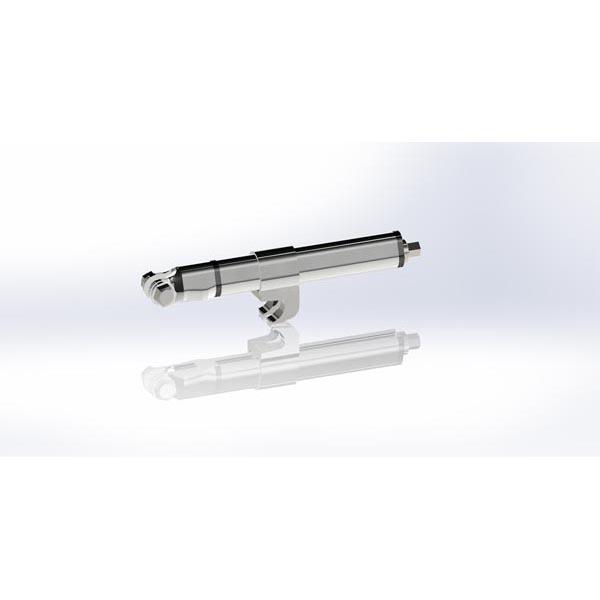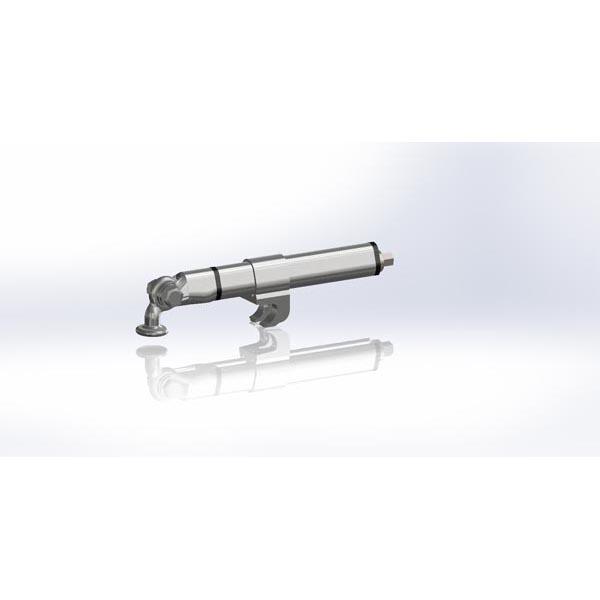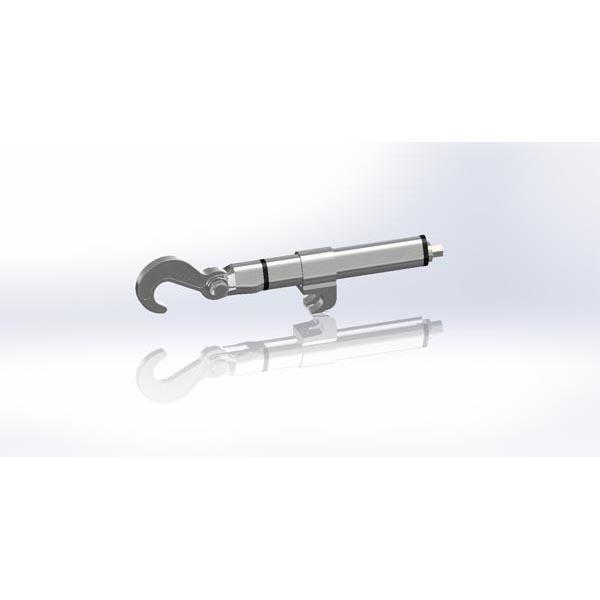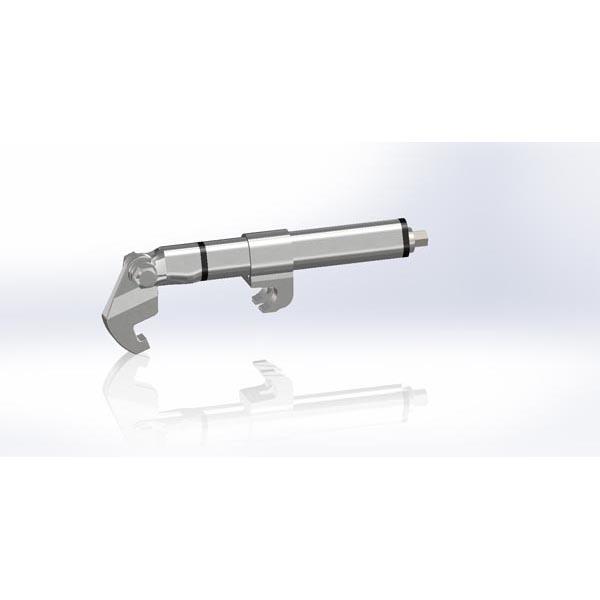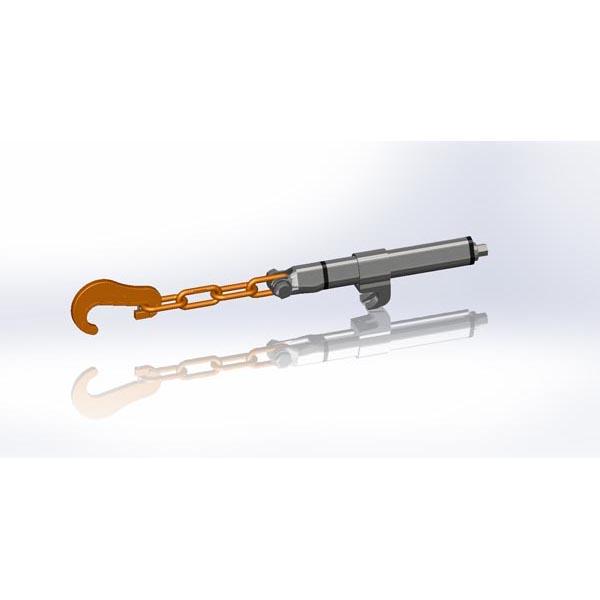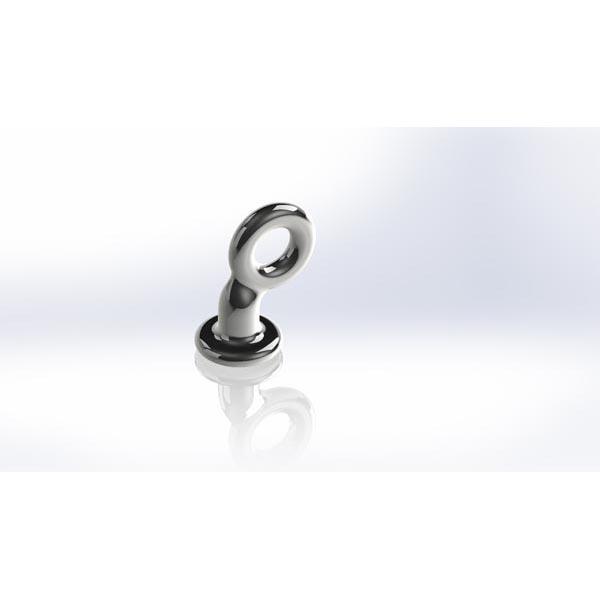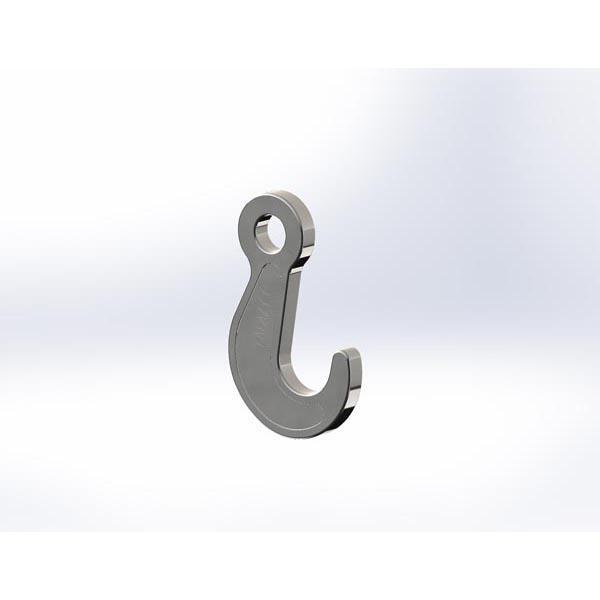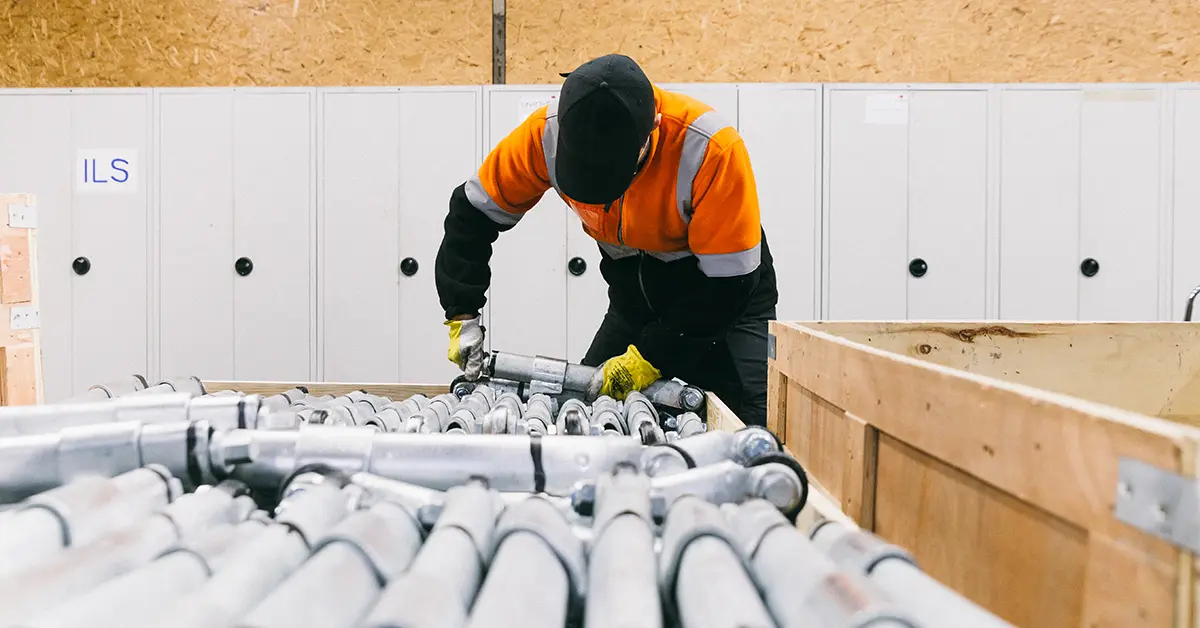
Efficiency and safety onboard
Ah, the maritime sector, where the tides of technology constantly surge forward. Among the wave of innovations, there’s one that’s making quite a splash – speedlashing! It’s a modern technique for securing cargo on ships. This swift-lashing method has had a considerable impact on how cargo is handled, offering benefits in terms of efficiency and safety onboard. First, let’s dive into the past to understand exactly how speedlashing came about.
Let’s go back in time: the evolution of cargo shipping
Ensuring cargo stays put during sea voyages has always been a top priority. Looking back at maritime history, it’s fascinating to see how cargo securing techniques have evolved. We’ve shifted away from relying solely on traditional levers to embrace the cutting-edge speedlash system.
While traditional levers were once considered reliable, they came with their fair share of challenges. Their often non-ergonomic designs presented significant physical hurdles. Back, shoulder, and wrist discomfort were common, especially when crews tackled the formidable task of securing massive loads. This physically demanding process also raised the possibility of human mistakes, which could put cargo safety at risk.
For many years, sailors and dockworkers relied on proven lever actions, along with chains or straps, to protect valuable cargo. Even though these methods endured over time, they had their own challenges. Using levers turned cargo securing into a complex process, demanding both time and physical work.
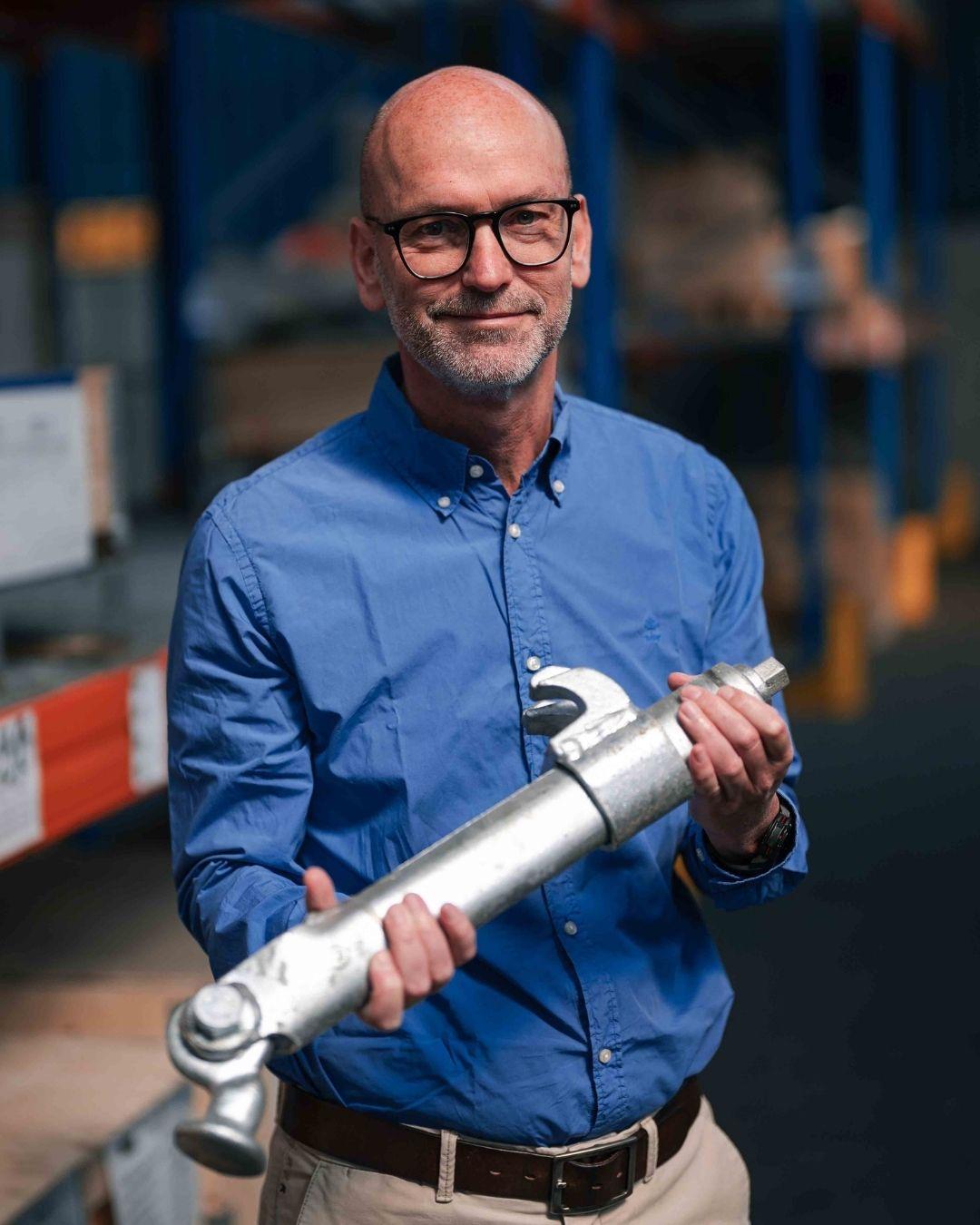
The lifesaver? The speedlash system!
As the maritime industry grew to match the increasing need for faster turnarounds, the need for creative solutions became more pronounced. And the response that echoed loud and clear? The speedlash system. Designed to be efficient, this method utilizes specially crafted rods, hooks, and fasteners to streamline and enhance cargo securing.
Speedlashes emerged as a maritime game-changer. Not only are they agile, but they’re also designed with user comfort in mind. These tools and systems reduce the need for physical strain, significantly lowering the chances of exhaustion and injuries. The result? A maritime setting that’s not only more effective but also notably safer.
Efficiency in the lashing process
Before the advent of speedlashing, crew members faced the daunting task of manually tying down cargo. Imagine the hours spent meticulously securing each item by hand – especially on ships laden with countless containers. It wasn’t just time-consuming; it was a serious drain on resources and manpower.
Thankfully, the arrival of speedlashing marked a turning point. The introduction of specially designed tensioning devices transformed the game. These devices enable the swift and uniform tightening of lashings across the cargo. This not only shaves off valuable time but also supercharges productivity on the ship. With the implementation of speedlashing, turnaround times are significantly reduced, and the entire loading and unloading process becomes a streamlined operation.
The impact on the logistics chain is noteworthy. Quicker turnaround times lead to enhanced scheduling and optimized resource utilization. This, in turn, translates to smoother supply chain management. By harnessing the power of speedlashing, the maritime industry is making leaps towards greater efficiency, reducing bottlenecks, and ensuring that goods reach their destinations with remarkable precision.
Safety and stability of the cargo
Beyond its efficiency benefits, speedlashing also plays a pivotal role in enhancing the safety of both the cargo and the crew. One of the most critical concerns during the transportation of goods across turbulent waters is the stability of the cargo containers. The last thing anyone wants is for cargo to shift, slide, or worse, topple overboard – this not only endangers the ship and its crew but could also lead to devastating environmental repercussions.
Speedlashing steps in as a guardian of cargo stability. Through its precise and uniform securing mechanism, it significantly reduces the chances of cargo shifting or destabilizing during rough seas. This enhancement in cargo stability directly translates into a safer environment for both the crew on board and the cargo itself.
Moreover, the application of speedlashing leads to a reduction in potential damages to the containers and their contents. This dual layer of protection – stability and damage prevention – goes a long way in ensuring the integrity of the cargo. By reducing the risks of accidents and damages, speedlashing effectively contributes to cost savings for shipping companies.
Reducing physical strain
In the old days, sailors had to work hard to pull the loads tight by hand. That took a lot of strength and could lead to fatigue, muscle pain and even injury.
Fortunately, now there is speedlashing. With special devices and mechanisms, they can tighten the loads quickly and evenly. This saves a lot of hassle and makes the work less strenuous for the crew. This leaves them with energy for other important chores on board.
Training and certification
While speedlashing offers numerous benefits, the crew must receive proper training and certification to ensure the correct application of this technique. Improper use could result in insufficient cargo securing, negating the advantages of speedlashing and potentially leading to hazardous situations.
So, all the shipping companies and maritime pros out there, make sure your crew gets the ultimate training in handling speedlashing gear. Follow the industry rules and safety tips to unleash the full potential of speedlashing and keep the high seas safe and sound.
The best quality of speedlashes? ILS!
At ILS, we take great pride in offering the finest quality speedlashes for cargo transportation on ships. Our production process makes all the difference: we utilize welded components to craft our speedlashes, resulting in unparalleled durability and reliability.
Compared to cast materials, our welded speedlashes are 30% stronger. This means they provide a secure and robust solution for transporting valuable cargo across the world’s oceans, without compromising on performance.
Furthermore, our welded speedlashes offer another advantage: they require 30% less material to maintain the same strength. Not only does this benefit the environment, but it also ensures your cargo is transported with utmost efficiency.
While some alternatives may appear more appealing, at ILS, we always prioritize functionality and performance.
Premium Speedlashes
Frequently Asked Questions:
Is speedlashing the only way?
No, there are alternatives like levers, but speedlashing is the preferred option due to its numerous benefits.
Are there risks with speedlashing?
Like any product, there are risks if not used correctly. However, with the right training and adherence to safety standards, these risks can be minimized.
Does speedlashing still need to grow within the industry?
Yes, while it’s rapidly gaining popularity, there’s still potential for growth and awareness in the maritime sector.
Choose the future. Choose ILS speedlashing.

